- Home
- slideshows
- miscellaneous
- All 19 episodes of 'Black Mirror,' ranked from worst to best
All 19 episodes of 'Black Mirror,' ranked from worst to best
19. "Men Against Fire" (Season 3, Episode 5)

18. "Arkangel" (Season 4, Episode 2)
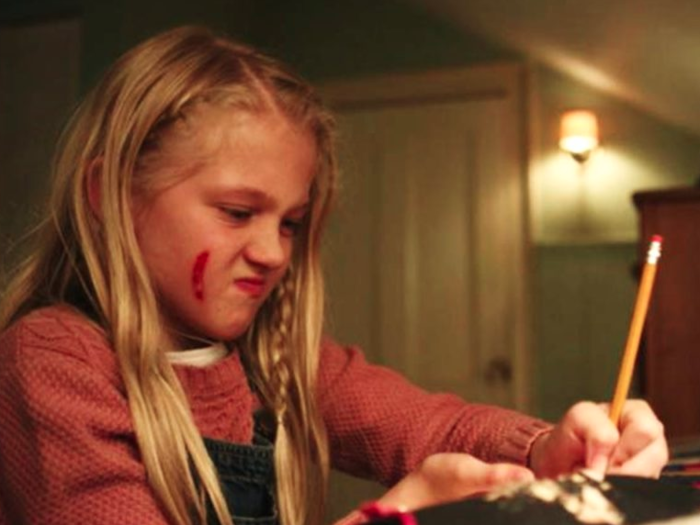
"Arkangel," directed by Jodie Foster, is terribly basic. It only scratches the surface of what the episode could have explored in terms of parenting. A mom uses a device that tells her daughter's location and records what she sees, which could naturally have horrific ramifications for a mother-daughter relationship — and it does. The predictable conclusion of the episode could have been satisfying if the stakes were higher, but the episode plays it safe, and only cares to examine the most cliche aspects of a teenager's life.
17. "Fifteen Million Merits" (Season 1, Episode 2)
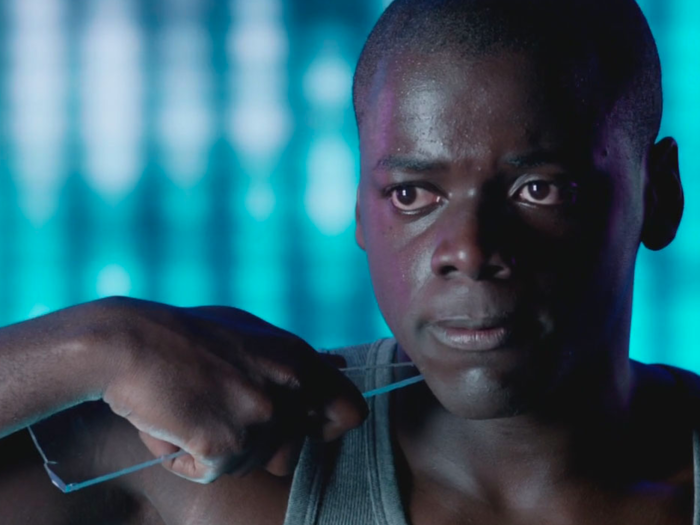
Before "Get Out" and "Black Panther," Daniel Kaluuya starred in a weak "Black Mirror" episode, but he gives a strong performance. The episode follows Kaluuya's character Bing in a society where people ride power-generating stationary bikes in exchange for merits. He falls for a woman who can sing beautifully, and he convinces her to enter a contest in which he uses all of his millions of merits to gift her an entry ticket. Things naturally collapse from there. The episode is a fine commentary on greed and commercialism, but doesn't rise above better episodes.
16. "Shut Up and Dance" (Season 3, Episode 3)

Like so many other "Black Mirror" episodes, "Shut Up and Dance" blackmails/deceives its main character into doing or facing horrifying things only for it all to backfire on them (can also be seen in "The National Anthem" and "White Bear"). But "Shut Up and Dance" is the worst of them because it depicts this situation without offering some morally complex resolution. "The National Anthem" has political ramifications and "White Bear" is a commentary on punishment. You could say that "Shut Up and Dance" is more similar to the latter, but seems more like an exercise in random humiliation than anything else.
15. "The Waldo Moment" (Season 2, Episode 3)
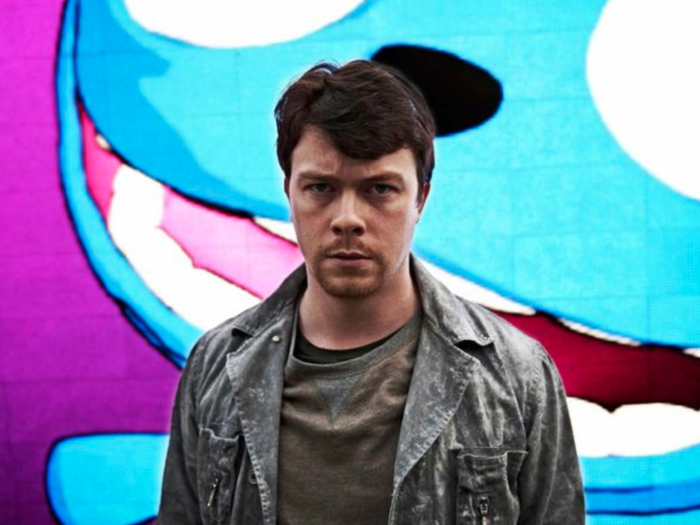
"Everyone's pissed with the status quo. Waldo gives that a voice."
"He's a bear."
"Telling times."
This exchange, if written today, would ring familiarly with American audiences. But "The Waldo Moment" first aired in 2013, long before Donald Trump was President of the United States. Like all "Black Mirror" episodes, "The Waldo Moment" has a lot to say about technology in culture and politics, and like some episodes, it's hard to figure out what exactly that is.
14. "Metalhead" (Season 4, Episode 5)
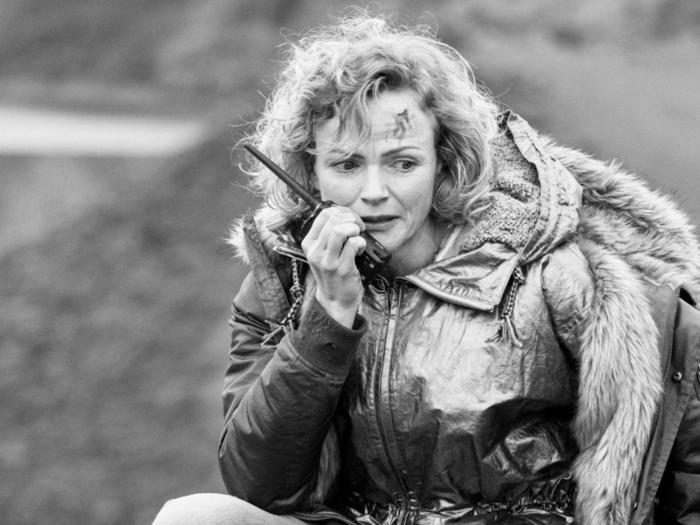
"Metalhead" is probably the simplest "Black Mirror" episode, both in terms of substance and style. That's not necessarily a bad thing, but it also doesn't set "Metalhead" apart from other episodes. The episode follows a woman fleeing from a deadly mechanical "dog" and ... well, that's it. The black-and-white of the episode reflects the simplicity of the story, but there's not much emotionally satisfying or thought-provoking about the whole thing.
13. "The National Anthem" (Season 1, Episode 1)
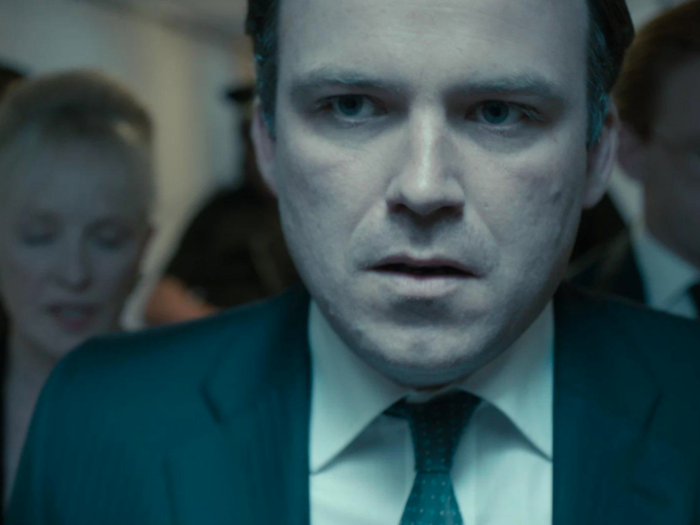
How do you kick off a sci-fi anthology series? You put a politician in a situation where he has to have sex with a pig. That's the basic idea behind the first episode of "Black Mirror" and while the series has evolved since then, "The National Anthem" set a precedent for the weirdness and big ideas of the show going forward.
12. "Playtest" (Season 3, Episode 2)

The majority of "Playtest," about a man testing a highly advanced virtual-reality game for extra cash, is a slow burn, and it tests the audience's patience more than other "Black Mirror" episodes. But its ending elevates the entire episode, and is one of my favorites of the series (despite being such a downer, but that's a given with this show).
11. "Hang the DJ" (Season 4, Episode 4)
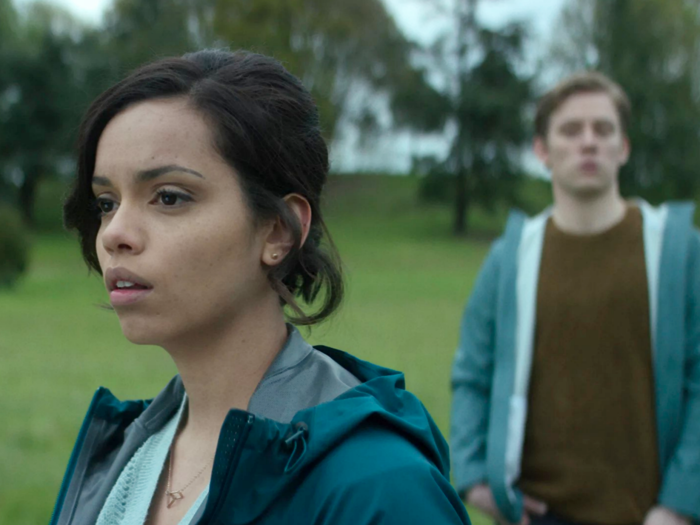
On the surface, season 4's "Hang the DJ" is most comparable to season 3's standout, "San Junipero." They are both cheerful compared to the majority of "Black Mirror's" bleak episodes, and deal with two people finding love in a simulated environment. But while "Hang the DJ" seems to end on a happy note, what the rest of the episode has to say about dating apps suggests it's not as positive of an ending as it appears. We discover that the main characters Frank and Amy we've been following throughout the episode were just one of 1,000 different simulations with the goal to discover if they are compatible in the real world. We're led to believe that they will live happily-ever-after in the real world in the end, but the grander theme suggested by the rest of the episode is much more chilling: the real Frank and Amy's relationship could be perceived as just as fake as the simulated ones.
10. "White Bear" (Season 2, Episode 1)
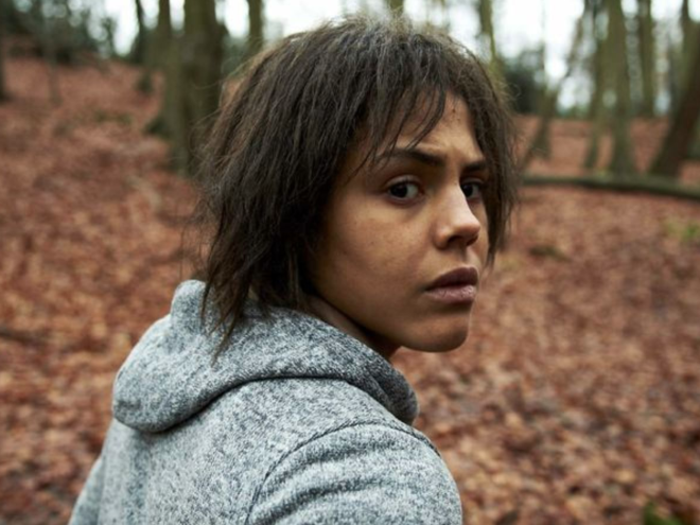
"White Bear" does what "Black Mirror" does best — putting its characters through an hour of punishment and seeing how much they, and the audience, can endure. Netflix tackled the idea of punishment in season 4's "Black Museum," but "White Bear" had already taken it to another level, by putting a woman named Victoria through a traumatic event that is put on by actors. Every day, her memory is wiped and the process starts anew the next day, and it's her "sentence" for a horrible crime she committed. "White Bear" toys with our emotions by introducing Victoria as an innocent, but we know by now to never get too attached to this show's characters. What holds "White Bear" back, though, is that its main purpose is to toy with us, whereas "Black Museum," for instance, has something to say about criminality and justice.
9. "Black Museum" (Season 4, Episode 6)
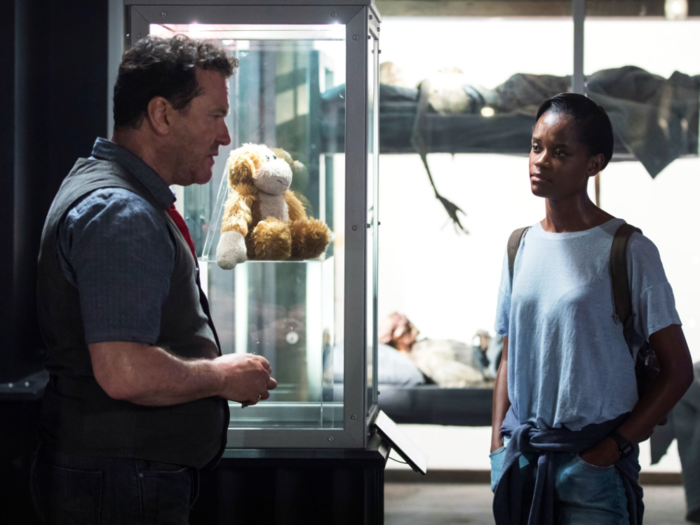
"Black Mirror" has always been far-fetched, but the point is usually that the horrors of an episode are closer to reality than we'd like to accept. In "Black Museum," the audience is introduced to movie-like horrors, like a doctor so addicted to pain that he mutilates himself. Like other episodes, such as "White Christmas," "Black Museum" strings together three stories that come together by the end. Unlike other episodes, though, it's more unsettling because of what we see on screen than what we could imagine is in our own future. The museum itself acts as a sort of "Black Mirror" museum ("Black Museum") — artifacts from other episodes can be found throughout. Maybe the episode is Brooker's commentary on his own show: whatever horrors the show envisions will be antiques with enough time, just for the next set of horrors to be introduced.
8. "White Christmas" (Christmas Special)

Just because it's a Christmas special and stars Jon Hamm doesn't mean this will be a happy episode. This is "Black Mirror" we're talking about after all. This show likes to put people through complex forms of punishment that aren't revealed until the very end, like "White Bear," "National Anthem," and "Shut Up and Dance." "White Christmas" is similar, but the episode manages to balance multiple storylines well and then weave them all together in the end in a satisfying and sensible (in terms of "Black Mirror") way. Did I mention there's also Jon Hamm?
7. "Crocodile" (Season 4, Episode 3)
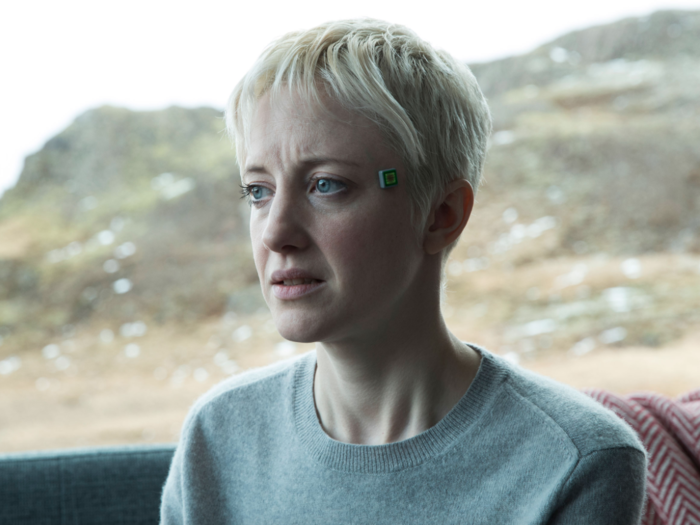
The main character of "Crocodile," Mia, lives in a world where memory-scanning technology exists, and the things she's done (murder) can't be hidden. Mia's actions are hard to believe, as when she is first introduced she is relatively sweet and innocent. But in a world with that kind of technology, anyone could be driven to intense paranoia and a compulsion to protect oneself at any cost, and as the episode moves forward, Mia's actions become increasingly horrific. That said, it could be argued that Mia is driven mad more by her own guilt and selfishness than by any technology, and is more cold-blooded (like a ... crocodile?) than we are led to believe at first. That might say just as much about humanity as any other episode.
6. "Hated in the Nation" (Season 3, Episode 6)
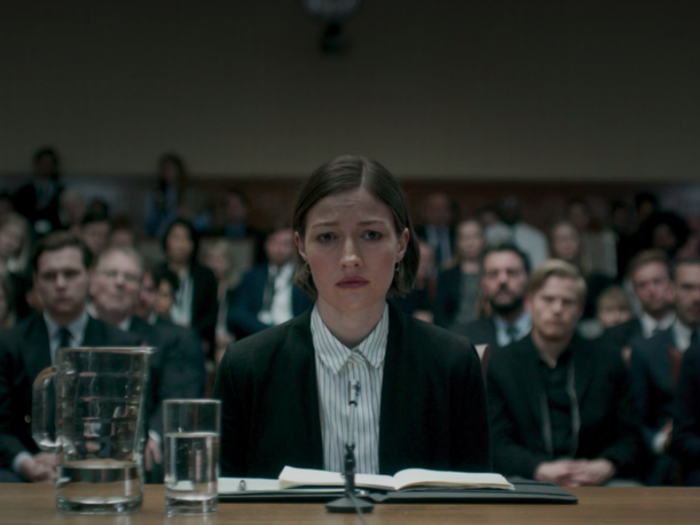
At nearly 90 minutes, the longest "Black Mirror" episode, "Hated in the Nation" manages to be a murder mystery, a Hitchcockian thriller, and a disaster movie all in one. The runtime is intimidating at first, but the episode is paced extremely well. Of the many elements, the commentary on internet trolling is probably the most important, and that is somehow intertwined with themes of environmental protection. On paper, "Hated in the Nation" shouldn't work, but it's pulled off impressively, right down to the terrifying imagery, like a room darkening as hundreds of cybernetic bees land on a window.
5. "Nosedive" (Season 3, Episode 1)
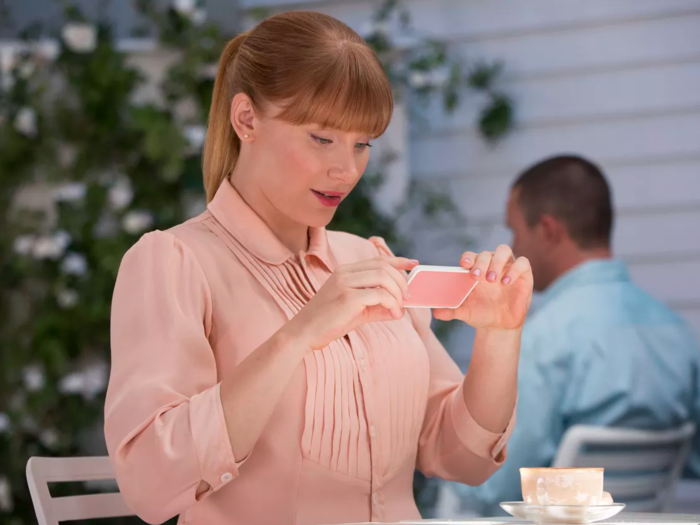
Bryce Dallas Howard is excellent in this episode about extreme social media obsession, which is both a cautionary tale in the best ways that "Black Mirror" can be, but also a dark comedy ... also in the best ways that "Black Mirror" can be.
4. "The Entire History of You" (Season 1, Episode 3)
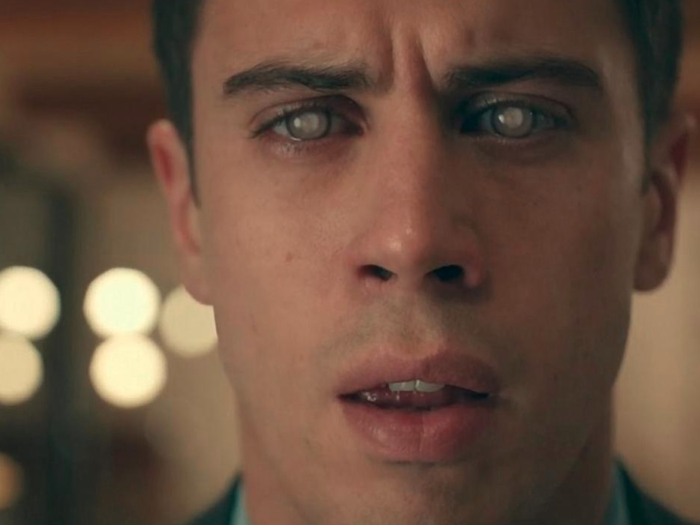
"The Entire History of You" is a commentary on paranoia, only this time, the paranoia leads to exactly what the character feared. This leaves the audience with some serious questions to ponder, because while we don't necessarily like Liam throughout this episode, we discover that he was right all along: his wife had cheated on him and his child isn't actually his. In a world where technology allows you to rewatch memories like you would rewind or fast-forward a movie, the episode takes the concept to its natural conclusion. But that doesn't mean it's not effective or thought-provoking.
3. "San Junipero" (Season 3, Episode 4)
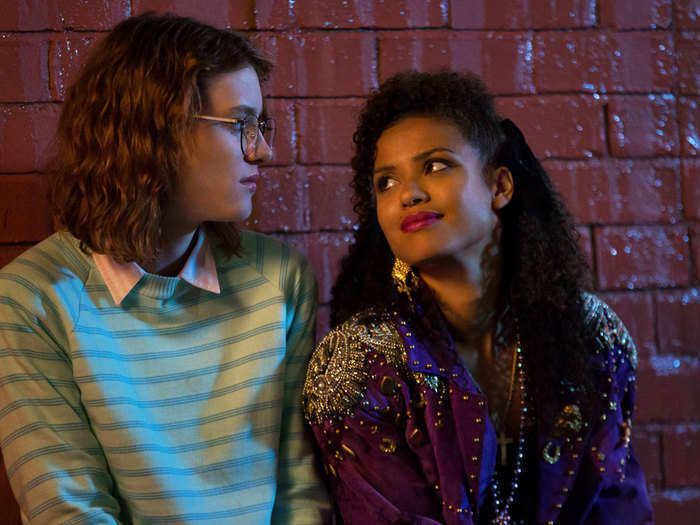
"San Junipero" is the most uplifting episode of the entire series. That's not why it's one of the best, but it helps. "San Junipero" is one of the few episodes of the series that seems like its main goal is to be fun and hopeful. It's not necessarily a warning of how technology could ruin us, but how it could ultimately bring us together — a welcome change of pace.
2. "Be Right Back" (Season 2, Episode 1)
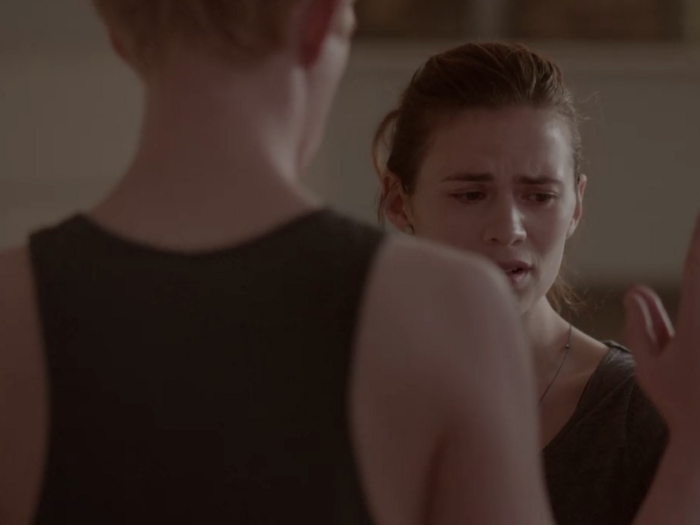
Before he was a "Star Wars" villain, Domhnall Gleeson entered the world of "Black Mirror" with "Captain America: The First Avenger" star Hayley Atwell. The two delivered a superb 48 minutes of television, one that asks the important questions that "Black Mirror" is known for without hitting us over the head with it (which it can also be known for). But if you strip away the moral meditation of it all, it's still just a great idea with an emotional payoff and engaging performances, and that's what should be expected of "Black Mirror" episodes. Too often they can fall under the weight of their own meaning. Not "Be Right Back."
1. "USS Callister" (Season 4, Episode 1)
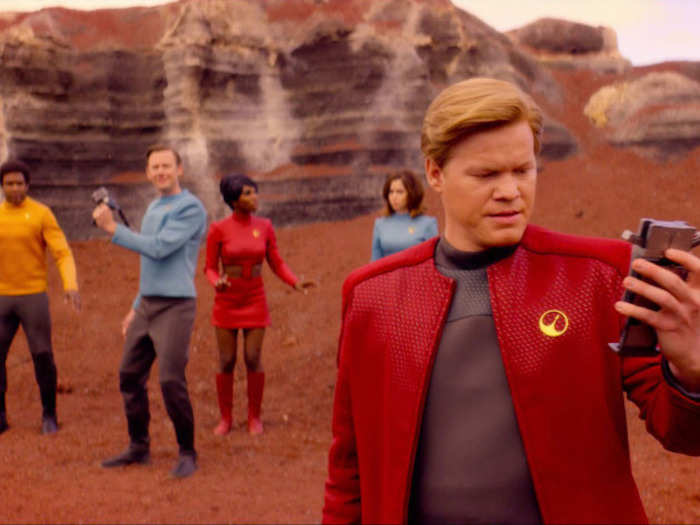
As toxic fandoms reach new heights, specifically in terms of the "Star Wars" franchise, it's no better time than to revisit "USS Callister," which explores what would happen if that toxicity were given the ultimate outlet: a game that puts you in a "Star Trek"-inspired digital space. Jesse Plemons plays Robert Daly, the CTO of a gaming company with grudges against his colleagues that "wrong" him. He can't get revenge in the real world, so he steals their DNA and replicates them in digital forms in his modified game that he has absolute control over. Unlike most "Black Mirror" episodes, "USS Callister" reveals that twist early on, but only after we're led to believe that Daly is just a down-on-his-luck geek, and the game he's playing is just innocent fun. Getting the big twist out of the way early, though, makes for an episode that can focus on telling the story. They may be digital, but the episode is effective because it makes us root for the Callister crew — led by a great Cristin Milioti — under Daly's control.
Popular Right Now
Popular Keywords
Advertisement